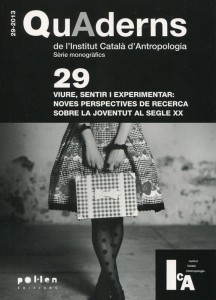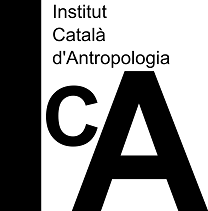La variabilidad de la línea del color en los procesos migratorios: jóvenes dominicanos entre el ennegrecimiento y el emblanquecimiento
Keywords:
transnational ethnography, migrations, race, color line, blackening, whiteningAbstract
This article analyzes the social representations and racial imaginaries that are constructed through the migration processes. The empirical material comes from a transnational ethnography on the construction of youth identities in the suburbs of Barcelona (Spain) and Santo Domingo (Dominican Republic), carried out from 2010 to 2012. The subjects of the study experience different racial representations about the color line: from identifying as a whites, indios and mulattos in their country of origin, they are becoming blacks in Spain for being children of the immigrant race. These young people are discovering that the element of blackness and the racialization process, which in the Dominican Republic are originally reserved for the Haitian population, is now imposed upon them in the host society. At the same time, when looking at the phenomenon from the context of origin -particularly before the current economic crisis and social cuts-, the migration experience is linked to a whitening process, because the actors have improved their position in global class structure. Being whiter on the one hand, but, above all, also increasingly blacker on the other, young Dominicans experience the extreme variability of the color line and the social construction of race in their migration process.
Downloads
Global Statistics ℹ️
|
153
Views
|
74
Downloads
|
|
227
Total
|
|
Downloads
Published
How to Cite
Issue
Section
License
Distributed under the terms of the Creative Commons Attribution 4.0 International Use and Distribution License (CC BY-NC-SA 4.0)




